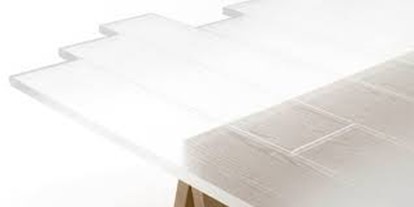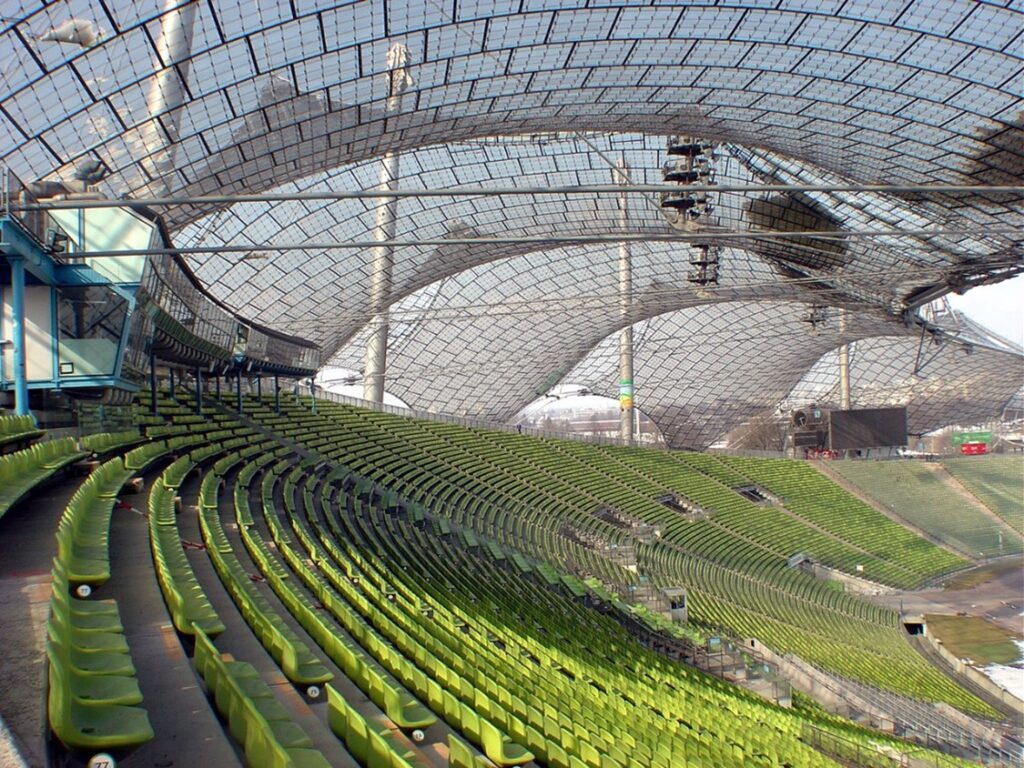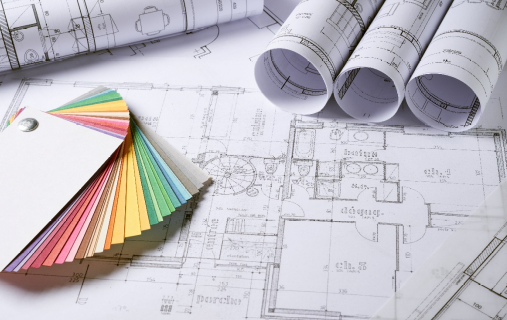Innovative Materials Used in Commercial Construction
Concrete. Wood. Stone. Steel. Brick.
All five are well-known and well-loved by both the commercial construction industry and developers. For more than a century, they have been the most common materials used in construction across the globe.
But David DeQuattro says that times have changed.
Commercial construction is increasingly turning to alternative and innovative materials for everything from small public buildings to giant skyscrapers. The alternative building materials market’s value is expected to hit $330 million by 2030, up from $190 million in 2020.
Here are six inventive materials ushering in a new age of modern commercial construction and supporting a more resilient and sustainable future.

Transparent Wood
It sounds like something straight from a science fiction, but transparent wood is very real — and a game-changer.
As an alternative to plastic and glass, transparent wood is a lighter version of lumber with the same strength and uses polymers in place of organic lignin from plants during the treating process to make compressed wood transparent.
Transparent wood also comes with lower density and thermal conductivity and reduces reliance on artificial light and consumption of power. They may even replace windows.
Concrete-reinforcing Bamboo
Bamboo has long been revered for its durability, especially compared to timber. Now it’s being used as an alternative to steel-reinforced concrete, particularly by builders committed to more sustainable construction.
It’s amazingly tensile and versatile and isn’t suspectable to rot when its fibers are combined with naturally occurring resins.
Graphene
Graphene has a lot going for it. The form of carbon has distinctive electrical and thermal properties, and its 3D version is 10 times as strong as steel with just 5% of its density. Construction had little use for 2D graphene but 3D printing that integrates graphene flakes creates cylinders that can effectively support massive skyscrapers.
Hydro Ceramics
Smart homes need smart walls. With hydro ceramics, walls composed of water capsules and clay paneling can hold up well to excessive heat while still cooling a commercial building.
A wall made of hydro ceramics acts as its own cooling device, increasing humidity and lowering temperatures at the same time. It’s capable of reducing indoor temperatures by 5 degrees on its own, and to top it off, the materials used in hydro ceramics are comparatively inexpensive, making it a favorite material for developers on a budget.

Spider Silk
Spider silk is one of the most amazing materials on Earth. The fibers spun by the smallest spiders are pound-for-pound stronger than several types of steel.
Artificial spider silk retains most of the natural elastic properties of spider silk, with added capacity for energy and strength created using a hydrogel with simple cellulose and silica fibers that make acoustic tiles hundreds of times more durable than typical concrete.
Biochar
Created by heating organic matter as it decomposes and adding soil to improve the absorption of water, biochar looks like charcoal but can replace many plastics and concretes in commercial buildings to reduce overall greenhouse emissions.
Biochair is added to bricks to lower the amount of cement needed for concrete, which also reduces the levels of carbon dioxide created in concrete manufacturing. Bricks can also be made by combining plastics with biochar, lowering levels of plastic waste.

